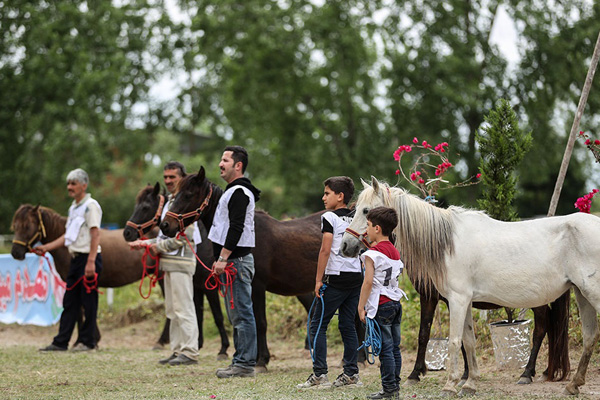This study indicated the existence of substantial genetic structure and diversity in the Caspian horse using microsatellites.
Pakistan Journal of Biological Sciences
May 2007
Cyrus Amirinia , Animal Science Research Institute
Hamid Seyedabadi , Islamic Azad University Tehran Science and Research Branch
Mohammad Hossein Banabazi , Animal Science Research Institute of Iran (ASRI)
Mohammad Ali Kamali
Abstract
Genetic diversity within the Iranian Caspian horse was evaluated using 8 different microsatellite pairs on 45 Caspian horse blood samples.
This molecular characterisation was undertaken to evaluate the problem of genetic bottlenecks, if any, in this breed. The number of alleles per locus varied from 3 to 5 with mean value of 4.125. All markers have relatively high PIC value (> 0.6), observed heterozygosity; 0.9433, expected Levene’s heterozygosity 0.6856 and expected Nei’s heterozygosity equal to 0.6762.
This study indicated the existence of substantial genetic diversity in the Caspian horse. No significant genotypic linkage disequilibrium was detected across the population, suggesting no evidence of linkage between loci.
A mode-shifted distribution, significant heterozygote excess on the basis of different mutation models, as revealed from Sign, Standardized differences and Wilcoxon rank tests suggested that there was recent bottleneck in the existing Caspian horse.
Urgent conservational strategies on this population, is recommended.

